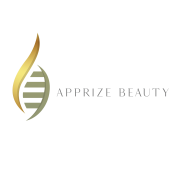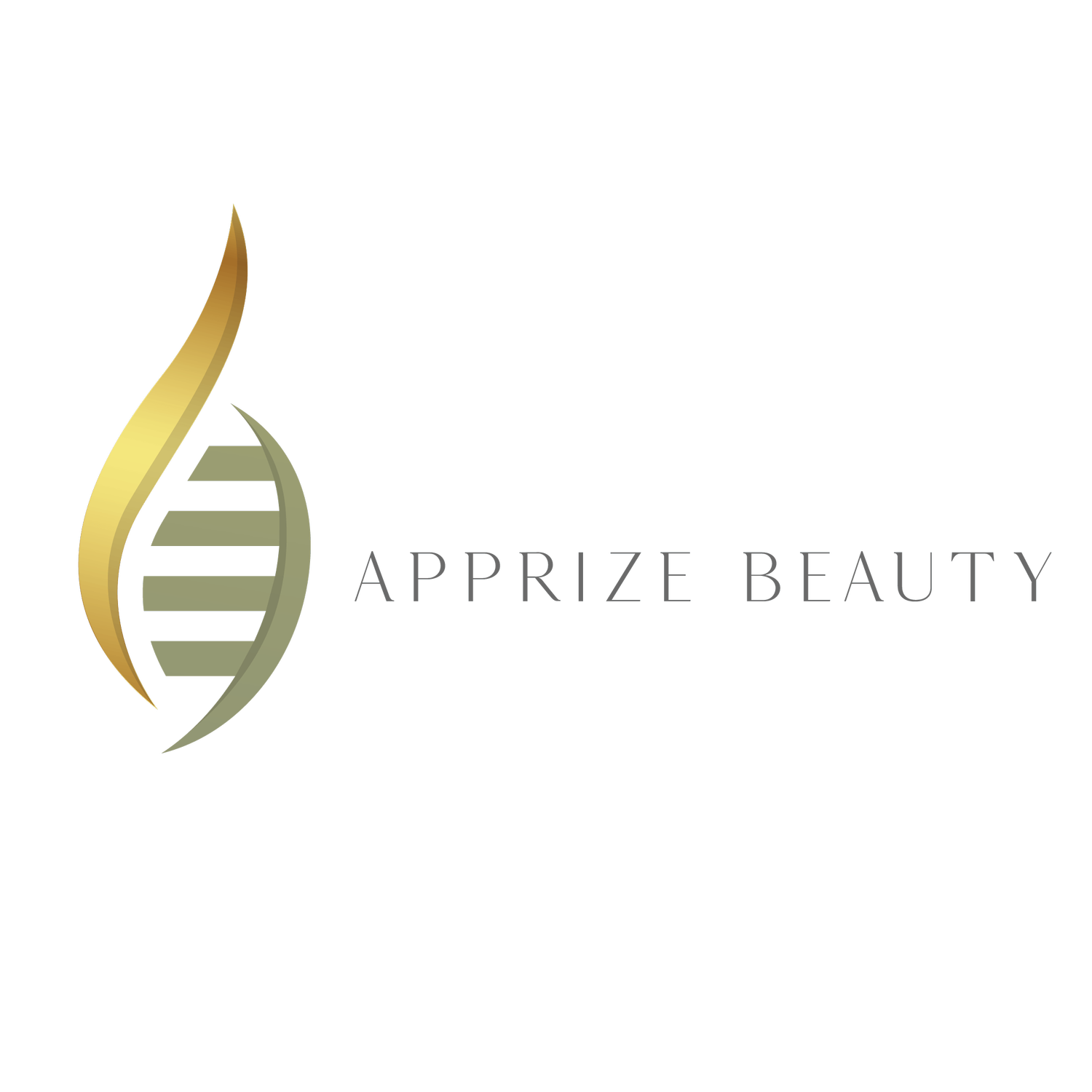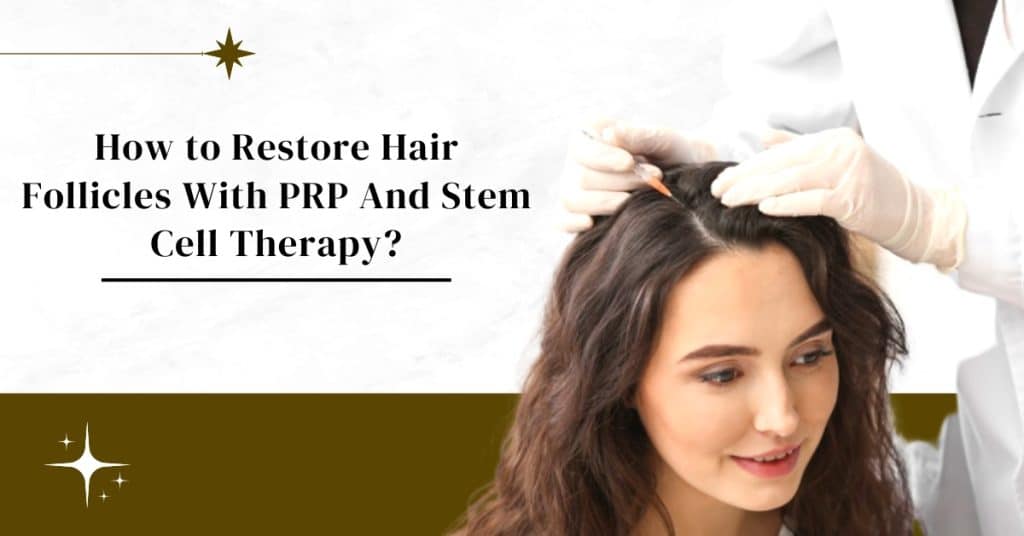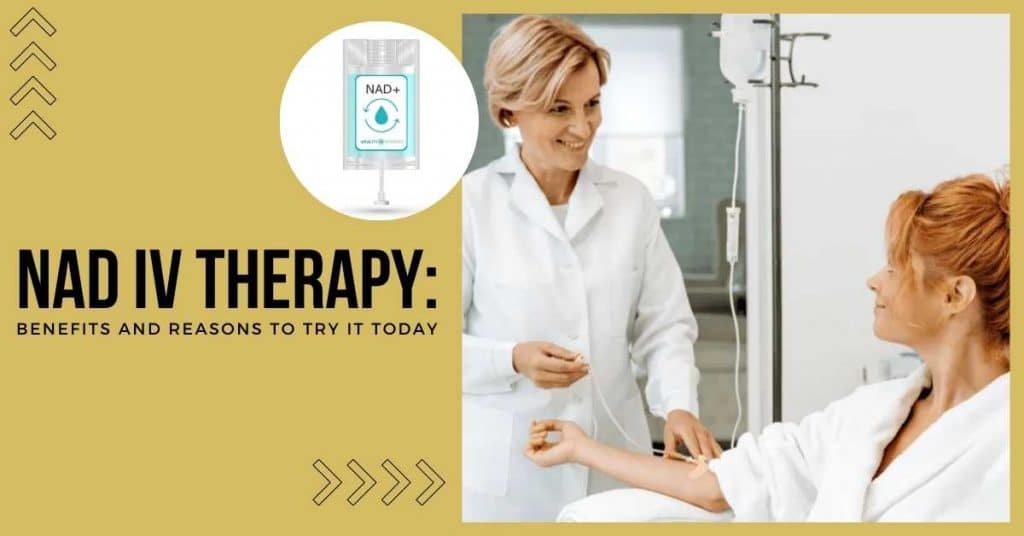But, it is not a highly concerning condition because hair loss is quite common, especially with increasing age. Furthermore, before you give up on regrowing your hair, there are numerous ways that may prove effective for your current state. In most cases, hair loss starts due to the inactive or damaged hair follicles, which are your head skin area from where the hair grows up.
In this post, you’ll find answers related to how to restore hair follicles using natural treatments with a PRP treatment working side by side. While natural ways are essential for hair growth, other treatments must still be executed to achieve the desired results. So, let’s see what natural methods you can use to prevent hair loss and what role PRP plays in this. However, before that, we must learn about dead hair follicles and what are their causes.
Understanding What Dead Hair Follicles Appear Like
It is not easy to determine whether you have dead hair follicles or you are suffering from a thinning hair period. Still, there are some ways through which you can determine the difference. The most common sign of dead hair follicles is to have shinier and smoother scalp skin.
If there is not a single growing hair near this area, or it appears empty, in that case, there are high chance of entirely dead hair follicles. On the other hand, if you find the presence of even a patch of growth, in that case, it is highly possible to regrow your hair or reactivate the hair follicles.
Is It Possible To Reactivate Hair Follicles To Grow Back?
Now, the question most of you will have in your mind will be, can hair follicles be reactivated? Well, it is undoubtedly true you can reactivate these dying hair follicles, but the process can take some time. Furthermore, hair follicles that are truly dead are mostly impossible to treat or reactivate. However, you can take the help of surgical or medical treatment to activate these dead follicles.
All this increases the importance of taking quick action when you spot dry hair follicles, which should be done as soon as possible. The faster you are with your actions, the better the results will be. However, the question that may arise is how exactly we will reactivate these hair follicles. Well, we’ll discuss that soon.
Understanding What Causes Inactivated Hair Follicles or Hair Loss in Men and Women
There are several symptoms that make up for hair loss. Androgenic alopecia, also known as male or female pattern baldness, is quite common among males over the age of 50 and females who have gone through menopause.
Also Read:- What Is a Botox Lip Flip and its Procedure? Is It For You?
What Causes Male Pattern Baldness?
There are several causes for male pattern baldness, including:
- Genetics
- Nutritional disorders
- Thyroid conditions
- Extreme levels of sex hormones known as androgens
- Medications
- Cancers
What Are The Stages Of Female Pattern Baldness?
It is pretty uncommon for a woman to turn totally bald. However, thinning of hair is common among them. Professionals have divided the female pattern baldness into three stages or types:
- Type I: This is a primary stage of hair fall where thinning starts near your hair part.
- Type II: The hair part has widened, and thinning of hair has also increased
- Type III: The thinning has spread throughout the hair, and there is an appearance of a see-through at the scalp top.
Female pattern baldness can occur naturally, genetics related, as a side effect of treatments or medication, or change in hormones caused due to menopause or pregnancy.
In most cases, women don’t experience thinning hair symptoms in their 20s. Usually, these symptoms start appearing as women reach their 40s-50s and above.
What Can PRP Do For Hair Loss? Is It Effective?
While we have discussed natural treatments to restore hair follicles, you must understand that these are insufficient to regrow your hair. Naturally, regrowing the hair consists of using a multidirectional approach. So, to achieve the results you are looking for, you need to combine multiple approaches to hair loss treatment.
One such approach is going through a PRP treatment. Pletelet-rich plasma injection is quite different from other treatments available for regrowing hair. This procedure uses your existing blood platelets, reverses hair loss, and grows new hair. PRP for restoring hair follicles is still a new concept, but it has shown significant results in helping individuals achieve their original look.
At Apprize Beauty, we ask you about your expectations from this treatment before we perform a PRP procedure. Furthermore, we even discuss your lifestyle choice, which may impact your hair quality, like stopping smoking or adding a diet filled with iron and vitamin D.
In general, PRP treatment only takes 30 minutes to complete. For this procedure, we will first take your blood sample and later separate the platelets from it. After that, we inject this into your bald scalp area. This treatment doesn’t cause any harm but only causes minor discomfort around the injection area.
You must repeat the same procedure at least once for the first three months. After that, this period will change to three to six months as time passes. As this treatment requires using your blood, the chances of any risks are pretty low. While you should be worry-free, there are some rare cases where a person can suffer from bleeding, infection, nerve damage, and hematoma.
What Is Stem Cell Therapy For Hair Restoration, And How Does It Work?
Like PRP, stem cells for hair restoration help restore natural hair follicle growth and offer long-lasting results. These cells are also present in your body and have the role of repairing and healing tissues.
Your healthcare provider will use the combination of PRP and stem cell therapy to regrow your hair and reactivate the hair follicles. During the stem cell treatment, your doctor will remove a small amount of excess fat from your body using liposuction. Later, the healthcare provider will spin these concentrated stem cells through a centrifuge that will help purify the sample.
Once this process is over, these purified stem cells will be combined with platelet-rich plasma extracted from your blood. After that, this PRP and stem cell mixture will be injected into your scalp, interacting with your current hair follicles. This process not only helps repair your follicles but also helps stimulate hair growth. Furthermore, the mixture will activate available stem cells on your scalp, which further helps restore thinning hair.
Who Should Get PRP And Stem Cell Hair Therapy?
Anyone can get stem cell and PRP hair restoration therapy to improve their hair density and thickness. These treatments are excellent and effective for people with little hair on their scalps. However, if you are completely bald, this procedure will not show any effect. When you visit Apprize Beauty clinic, our doctors will discuss whether PRP and stem cell therapy are the right choices for you.
Here are a few things a stem cell hair restoration treatment can help with:
- Help regenerate the natural hair follicles
- Add density to the thinning hair areas
- Can address female and male pattern baldness
- Introduce natural-looking hairline
- Provides long-term hair restoration results
What Makes PRP And Stem Cell Therapy Better Compared To Other Options For Restoring Hair Follicles?
Well, one of the primary reasons to choose PRP therapy over other hair treatment options is because it is safe and not problematic like the other options. If we talk about FDA-approved medications for hair restoration, there are two of them: minoxidil and finasteride.
However, you must consume these drugs regularly to experience any results from these options. Furthermore, the results you’ll get are not guaranteed and are mostly inconsistent. In addition, these drugs carry side effects, such as:
- Finasteride might lead to sexual dysfunction in males.
- Minoxidil may cause itching and dryness on the scalp.
On the other hand, you can also consider hair transplantation as one of the options. However, the process is invasive, where cuts will be made to your scalp. On top of that, the recovery time of this hair restoration option is quite long.
Your doctor will only recommend hair transplantation when there is no other option, and you suffer from a dramatic hair loss condition. And you may want to avoid it because this treatment can be costly and also leaves scars. While on the other hand, treatments like PRP and stem cell therapy are less invasive and can help with hair follicles restoration with almost no side effects.
Is PRP And Stem Cell Therapy Actually Effective for Hair Loss?
While there are debates on whether PRP and stem cell treatment are actually effective for hair loss, a number of studies indicate that these procedures do help patients facing hair loss. With further studies and long-term results, it will become more apparent if these treatments benefit individuals looking to restore hair follicles.
We at Apprize Beauty use regenerative medicine procedures so that you can avoid hair transplants and have a more natural recovery. Our treatment focuses on reactivating your hair follicles, which helps stimulate hair growth. To connect with our professional, dial (305) 851-2132 or use info@apprizebeauty.com. Let our professional help your condition to provide you with the best results.




